Packed airplanes also thing of the future

NEW YORK – Don’t expect much elbow room on flights this fall.
Planes have never been so full. There was barely a spare seat this summer, and the next few months should be the same. To the list of things airlines have taken away – hot meals, blankets, headphones – you can add personal space.
For airlines and the people who invest in them, it makes sense. Because of consolidation, partnerships and a push to eliminate unprofitable routes, airlines can adjust schedules to match demand and charge more.
But customer comfort is an afterthought. Not to mention space in the overhead bin.
“There are some days on some flights when there are simply no physical seats left,” says Jim Reichart, vice president of marketing and sales for Frontier, which sold 91 percent of its seats in July and August. Frontier and US Airways both had their best August for percentage of seats filled.
The figures shouldn’t come as a surprise to anyone who fought over an armrest this summer. With 130 million people flying, little perks like empty middle seats or flying standby were hard to come by.
Airline executives used to add flights and routes to protect market share. This often meant there were more seats than travelers.
“In the past we had the problem of people operating airlines based on ego,” says airline consultant Michael Boyd. “Now they’re operating on the basis on how much money they can make.”
Overall, 86.4 percent of seats were filled by paying customers in July and August, according to an Associated Press analysis of preliminary data reported by 16 major U.S. airlines. That edges last summer’s record of 86.3 percent.
Add in seats occupied by off-duty airline staff, who often fly free, and passengers who redeemed frequent-flier miles, and there was hardly any room this summer.
Analysts say there may be more space this fall, but not much, if the economy slows further. Either way, flights around Thanksgiving and Christmas will be packed. And fuller flights anytime mean you’re less likely to get a seat if your flight is canceled.
Airlines generally lose money on empty seats because they are already paying for fuel, pilots and flight attendants. But how many seats are filled is only one factor in airline profitability. Airlines have to make enough money from fares and fees to cover fuel and labor costs.
“The question then becomes whether fares paid to fill those seats are sufficient enough to not only cover our costs but also generate a return for investors, repair balance sheets and invest in the product,” says Steve Lott, spokesman for the Air Transport Association, the industry’s trade and lobbying group.
All the major airlines except American have made money this year. United charged about 8 percent more for each seat in July than last year, and 11 percent more in August.